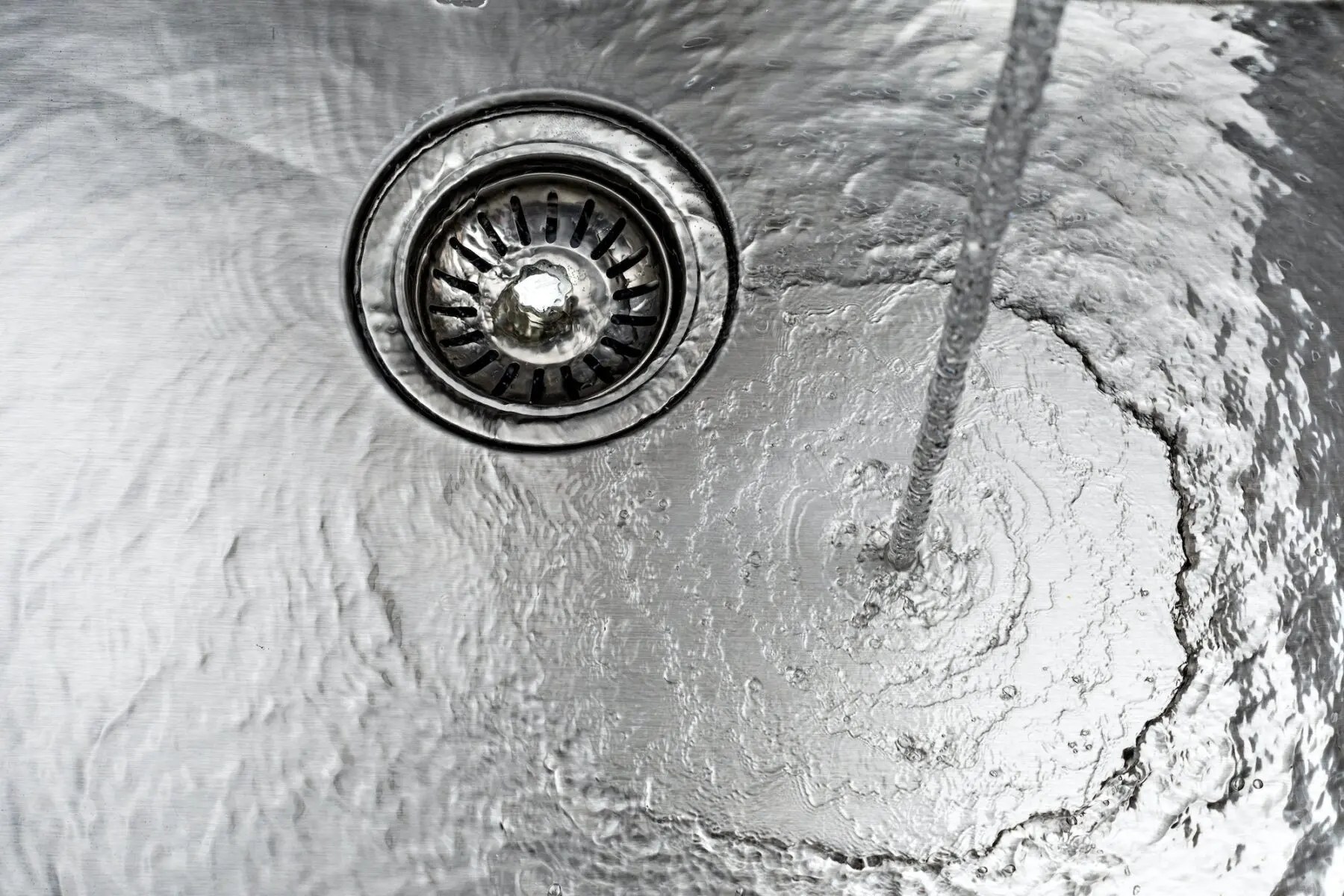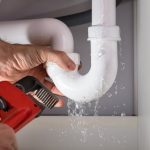Understanding Common Drain Issues
Drain blockages are an inevitable nuisance that plagues households, turning everyday routines into frustrating battles against slow-draining or completely clogged sinks. From accumulated hair in bathroom drains to grease and food scraps in kitchen sinks, various factors contribute to these pesky problems. However, before diving into DIY fixes, it’s crucial to understand the root cause of the issue to apply the most effective solution. Common culprits include hair, soap scum, oil and grease buildup, small objects accidentally dropped down the drain, and even invasive tree roots in exterior pipes.
The Basic Toolkit for Drain Cleaning
Arming yourself with the right tools is half the battle won. For basic drain cleaning tasks, keep a plunger, a drain snake (also known as an auger), baking soda, vinegar, rubber gloves, and a bucket handy. The plunger creates suction to dislodge minor blockages, while a drain snake can reach deeper into the pipe to remove stubborn debris. Baking soda and vinegar form a natural, non-toxic cleaning solution that can dissolve greasy blockages and freshen the drain.
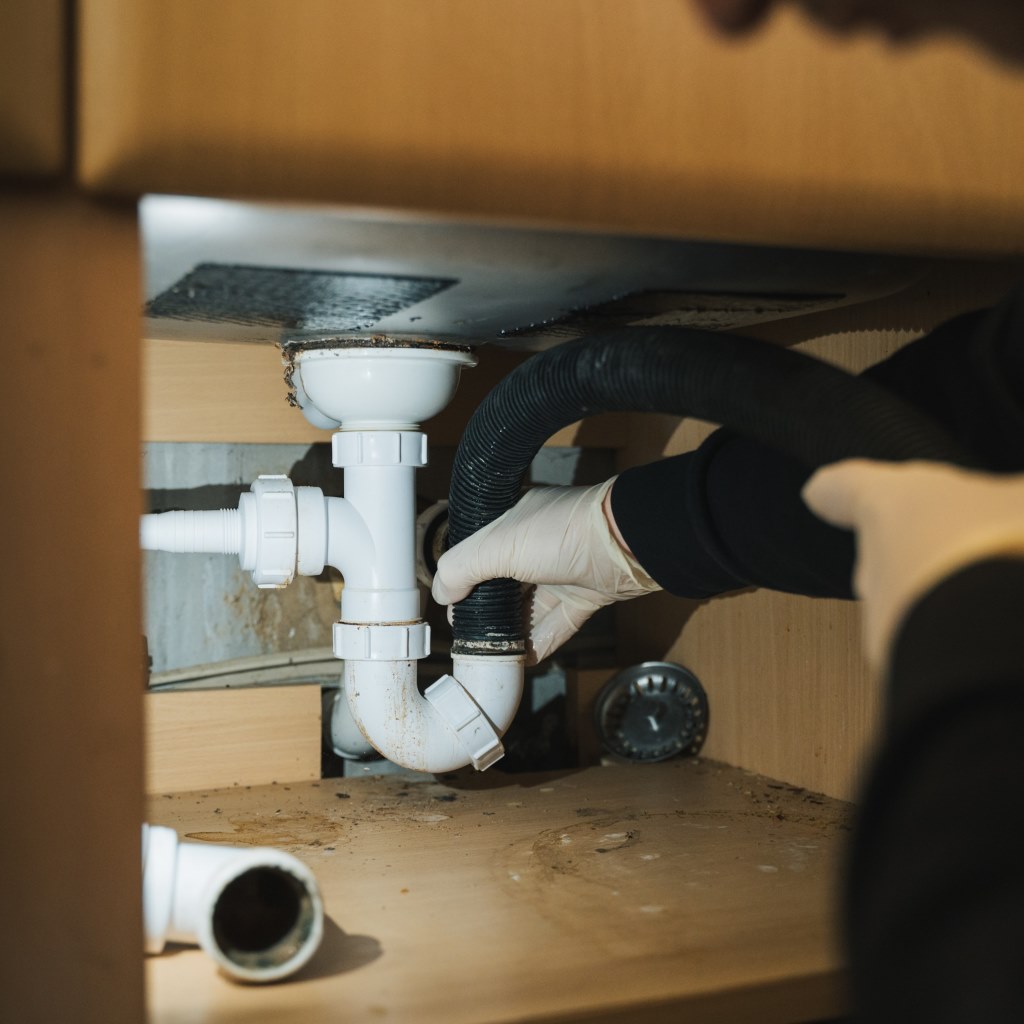
Plunger Power: The First Line of Defense
When faced with a clog, start with the simplest method: plunging. Ensure the sink has enough water to cover the cup of the plunger, then place the plunger over the drain opening, creating a tight seal. Using firm, rapid plunges, work the plunger up and down, forcing water through the blockage. After several attempts, if you hear gurgling or see the water level drop, you’re on the right track. Continue until the water drains freely. Remember, plunging works best on soft blockages like hair or soap buildup.
The Art of DIY Drain Snaking
If plunging fails to yield results, it’s time to bring out the drain snake. Begin by inserting the snake into the drain, rotating its handle as you push it further down the pipe. You’ll feel resistance when the snake encounters the obstruction. Once contact is made, continue turning and pushing gently until you break through the clog. Slowly retract the snake, pulling out any debris it has captured. This process might require patience and a bit of muscle, especially for dense blockages.
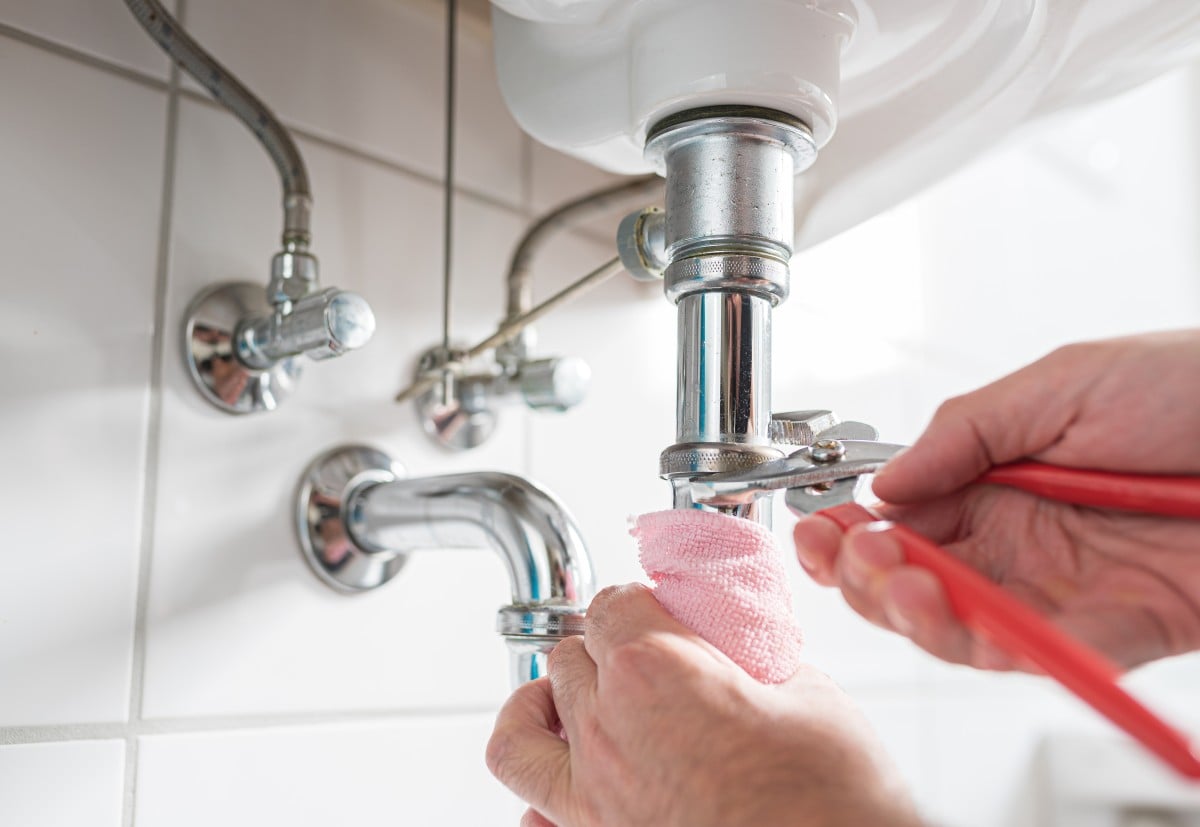
Natural Chemistry: Baking Soda and Vinegar
For less severe clogs or as a preventive measure, a homemade cleaning solution using baking soda and vinegar is a safe and eco-friendly alternative. Start by pouring a cup of baking soda followed by a cup of white vinegar down the drain. The mixture will fizz, indicating a chemical reaction that helps dissolve grease and grime. Let it sit for at least an hour, or ideally overnight for tougher clogs. Flush the drain with boiling water to clear out any remaining debris. This method not only clears blockages but also deodorizes your drain naturally.
Preventive Measures: Keeping Drains Healthy
The adage “prevention is better than cure” rings true for drain maintenance. Regularly using a drain strainer to catch hair, food particles, and other debris can significantly reduce the likelihood of clogs. Avoid pouring grease, oil, or fatty substances down the kitchen sink; instead, let them cool and dispose of them in the trash. Periodic use of the baking soda and vinegar solution can help maintain free-flowing drains and discourage the buildup of soap scum and grease.
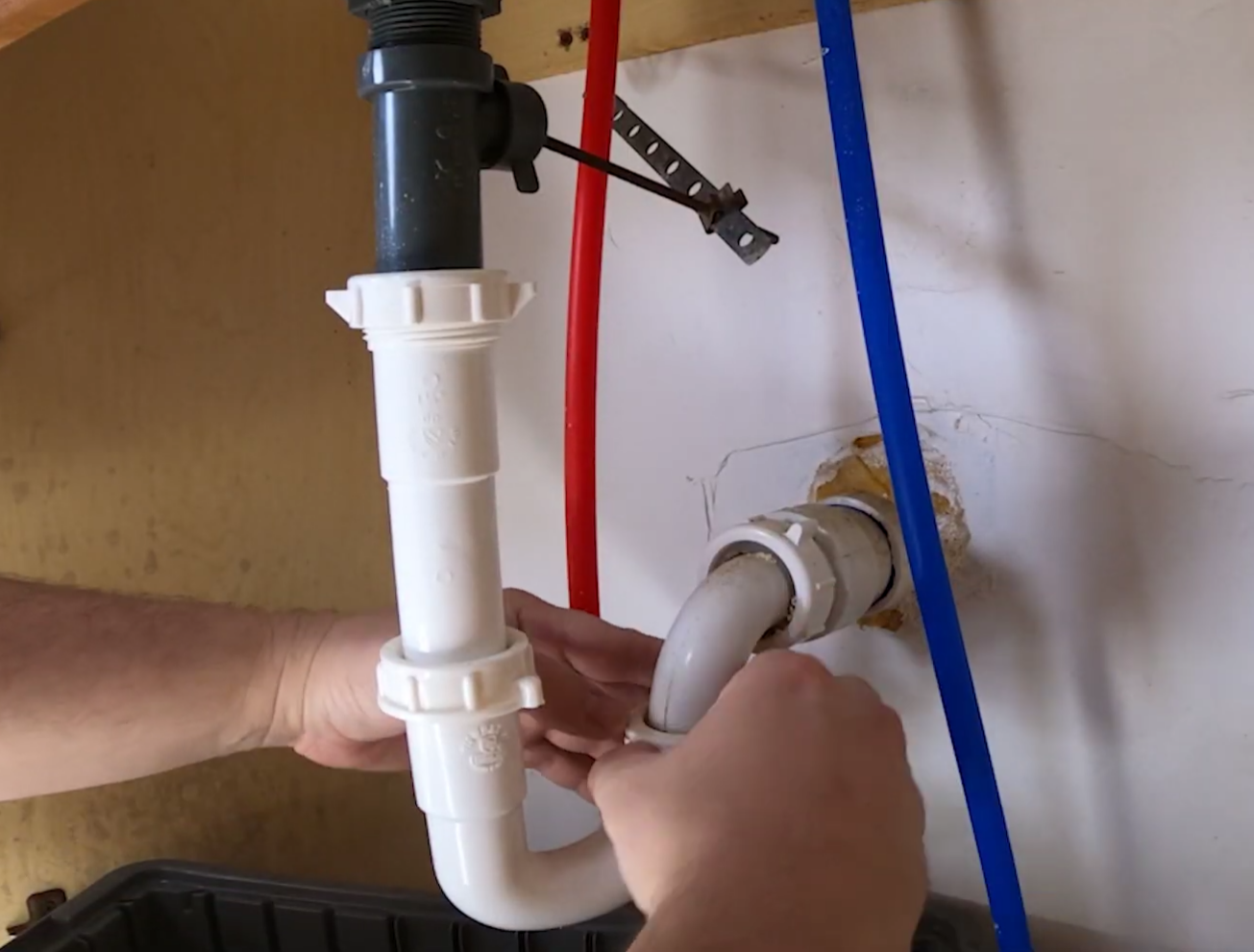
When to Call in the Professionals
While many drain issues can be resolved with DIY methods, there are instances where professional intervention becomes necessary. If you’ve exhausted all the above steps and the problem persists, it could signal a more serious issue such as a collapsed pipe or a major blockage deep within the system. Additionally, recurring clogs or slow draining despite efforts may indicate a need for a professional inspection, which often involves the use of specialized cameras to identify the exact location and nature of the obstruction. Professional plumbers have the expertise and equipment to tackle complex issues, ensuring your drains are thoroughly cleared and functioning optimally.
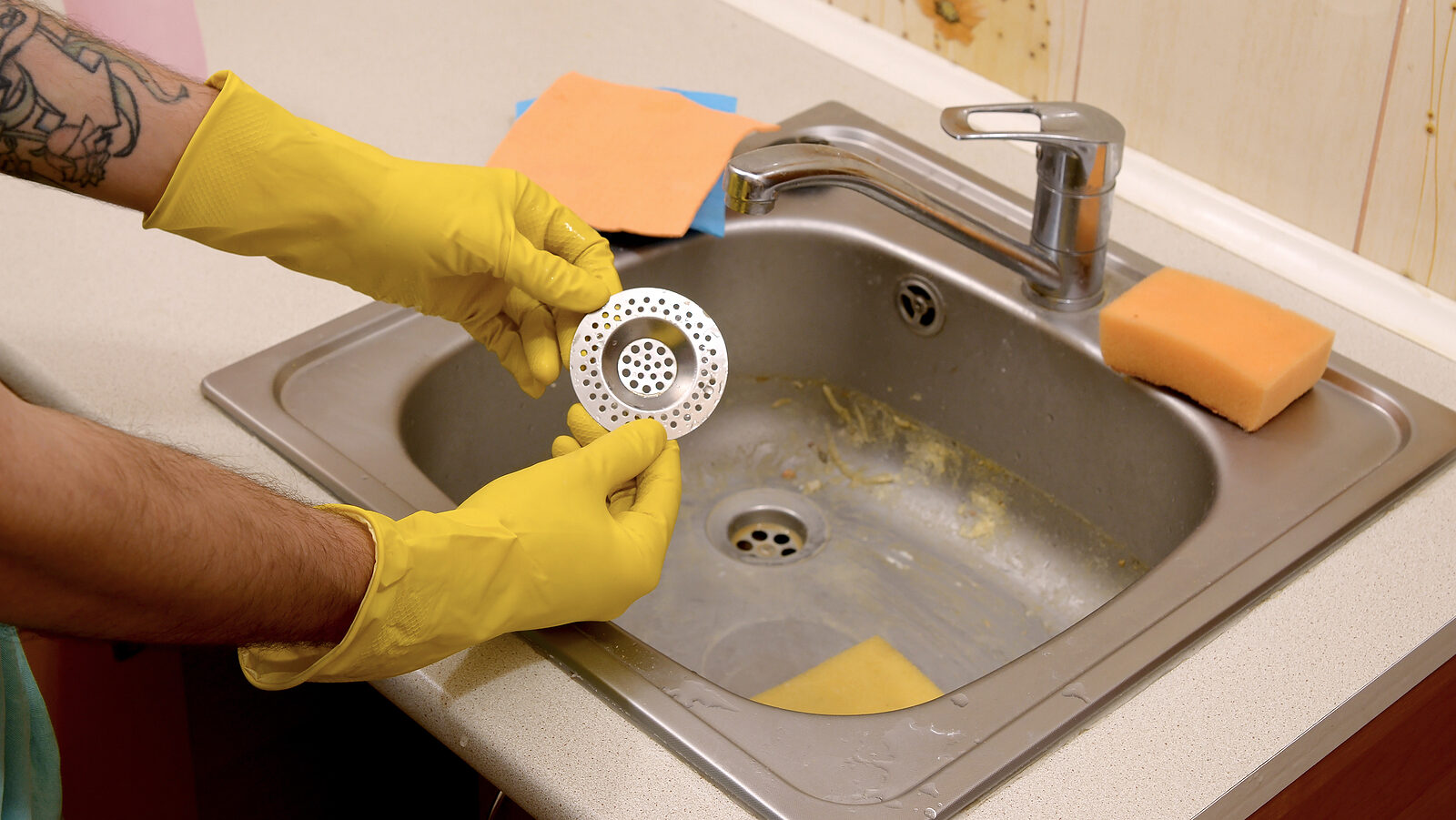
Understanding Professional Drain Cleaning Techniques
When faced with persistent or severe drainage problems, professional plumbers employ advanced techniques and specialized tools to efficiently diagnose and resolve the issue. Here are some common methods used by professionals:
- Hydro Jetting: This high-pressure water cleaning system uses specialized pumps to blast water through the pipes at an incredibly high pressure, typically ranging from 1500 to 4000 PSI. The force of the water scours the inside of the pipes, dislodging stubborn blockages, accumulated scale, and even tree roots that might have infiltrated the system. Hydro jetting is an effective way to thoroughly clean pipes and restore their full capacity.
- Sewer Snake or Drain Auger: A drain auger, also known as a plumber’s snake, is a long, flexible cable with a spiral auger at its end. The plumber inserts the auger into the drain and maneuvers it through the pipe until it reaches the obstruction. The rotating action of the auger either breaks up the clog or snags it so it can be pulled out. This method is particularly useful for removing solid obstructions like tree roots, dense hair balls, or hardened masses of grease.
- Video Camera Inspection: Prior to any major cleaning or repair work, plumbers often use video camera inspection technology to visually assess the condition of the pipes. A small waterproof camera is inserted into the drain line, transmitting live footage to a monitor. This allows the plumber to pinpoint the exact location and nature of the blockage, as well as identify potential structural issues such as cracks, corrosion, or misalignments. This diagnostic tool ensures targeted and efficient repairs.
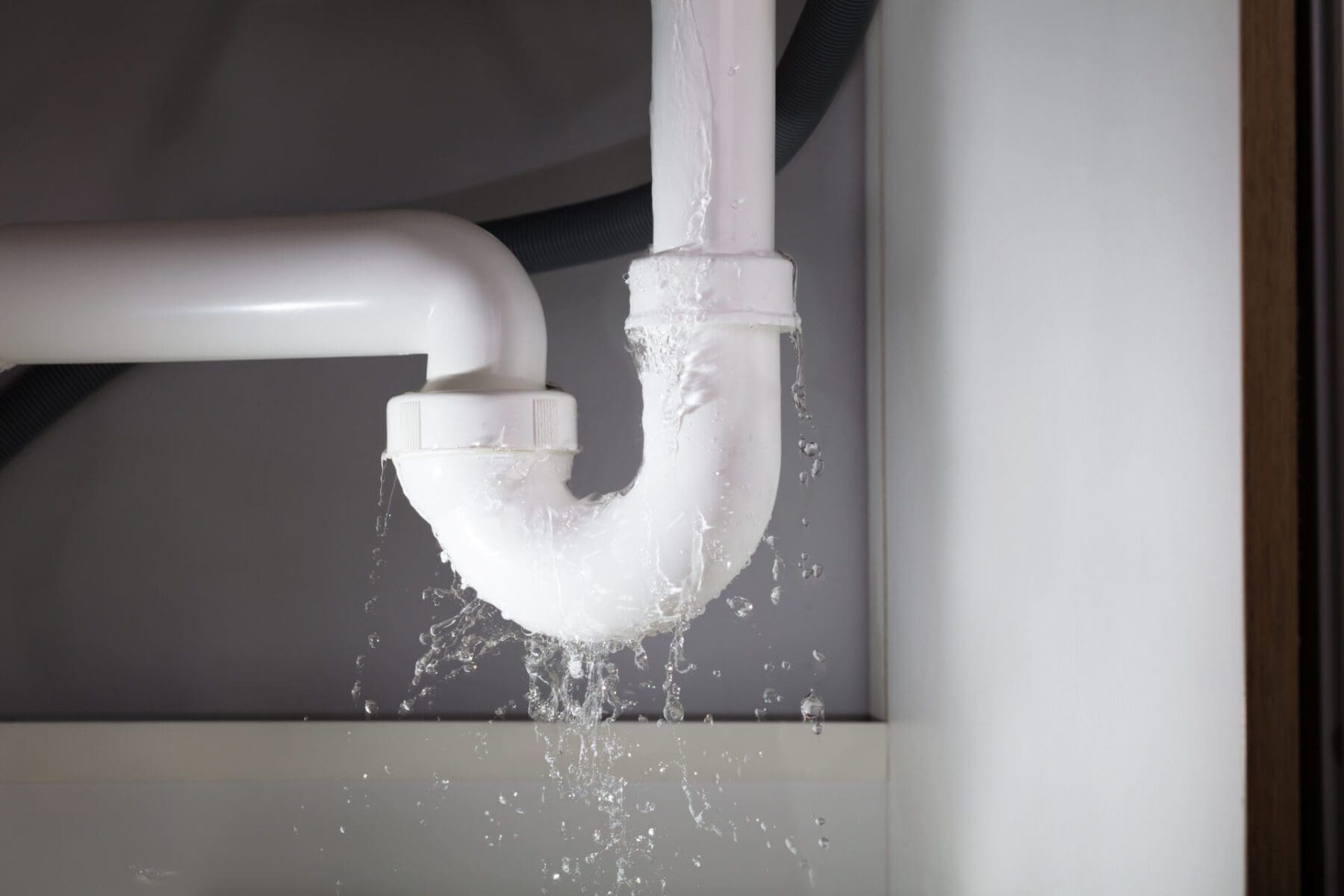
In Conclusion: Empowering Yourself with Drain Wisdom
Dealing with sink drain problems doesn’t have to be a daunting task. With a basic understanding of common issues, the right tools, and a few simple techniques, you can effectively troubleshoot and resolve most everyday clogs. Remember, regular maintenance and prevention play a vital role in avoiding more serious drainage issues. However, knowing when to admit defeat and call in professional help is equally important. By combining proactive care with timely interventions, you can ensure your sinks remain efficient and hassle-free, contributing to a healthier and more pleasant home environment.
